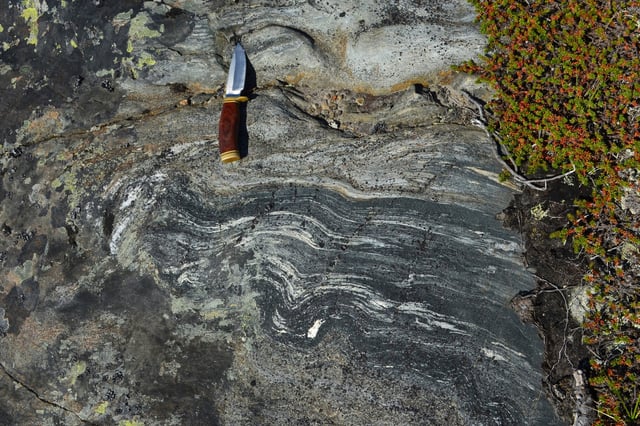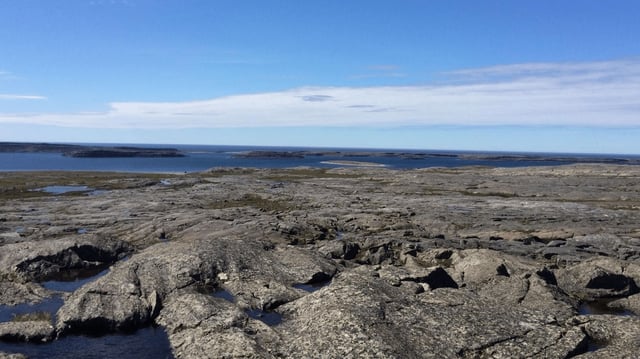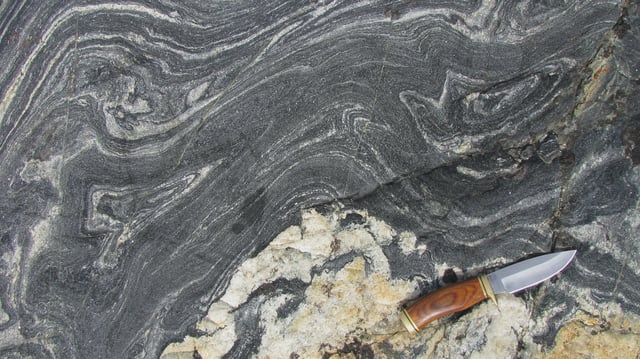Overview
- Researchers applied two independent radiometric clocks—samarium-146 to neodymium-142 and samarium-147 to neodymium-143 decay—to metagabbroic intrusions and obtained matching ages of about 4.16 billion years.
- Dating the intrusions sets a firm minimum age for the surrounding basaltic rocks, suggesting they are the oldest intact crustal fragments discovered on Earth.
- Identification of Hadean-era outcrops in northeastern Quebec provides a unique record of early continental crust formation and the environmental conditions that preceded life.
- Published June 26 in Science, the study settles a 15-year debate sparked by earlier age estimates that ranged from 3.8 to 4.3 billion years.
- Local Inuit leaders have suspended further sampling to prevent site damage and are negotiating protective designations to safeguard the formation.



